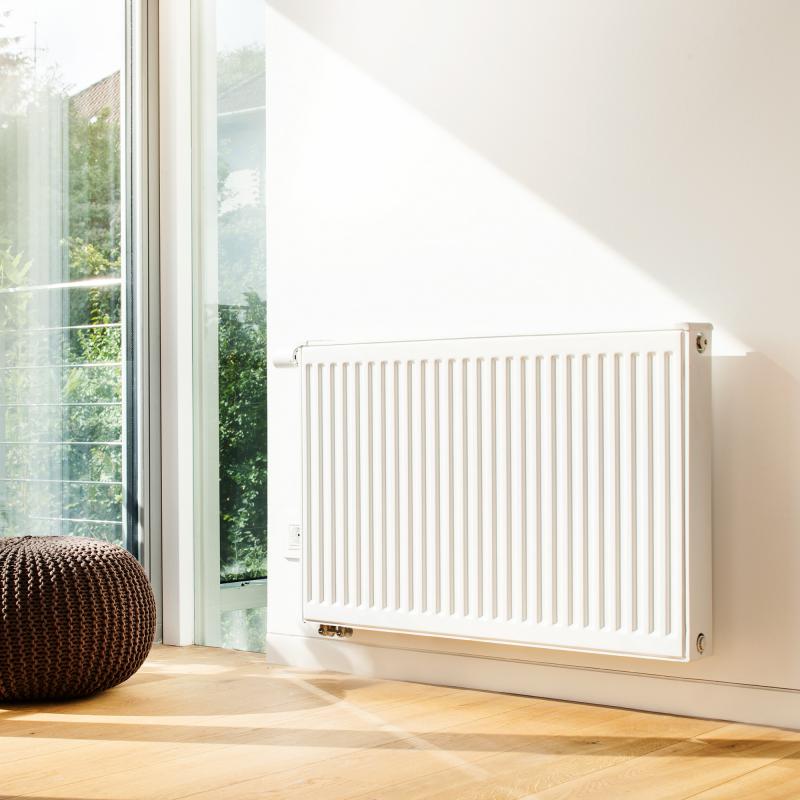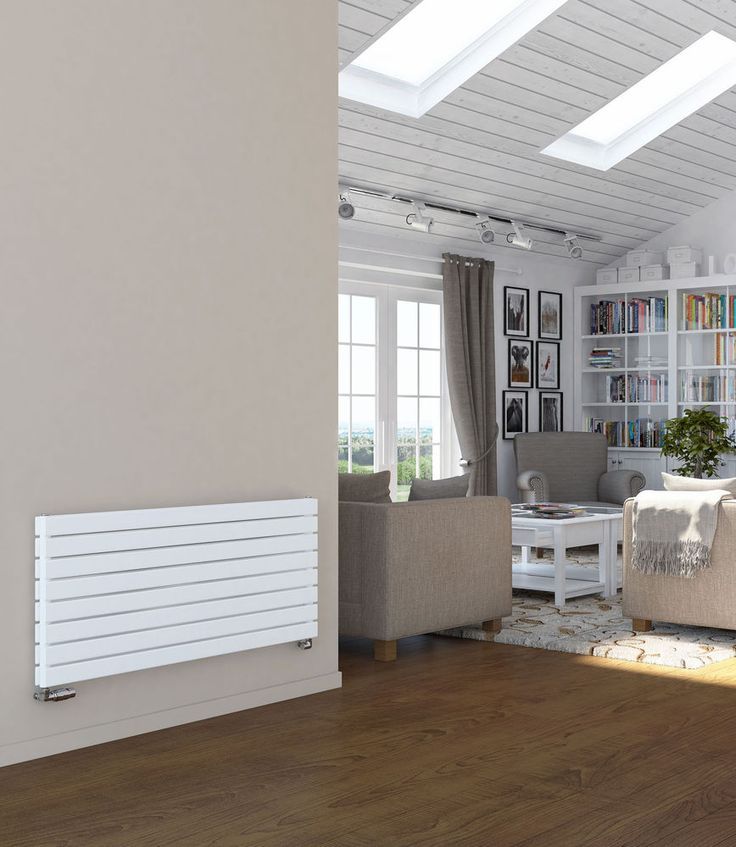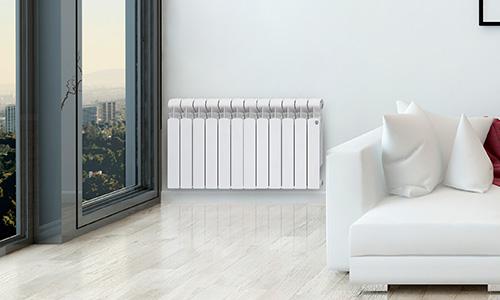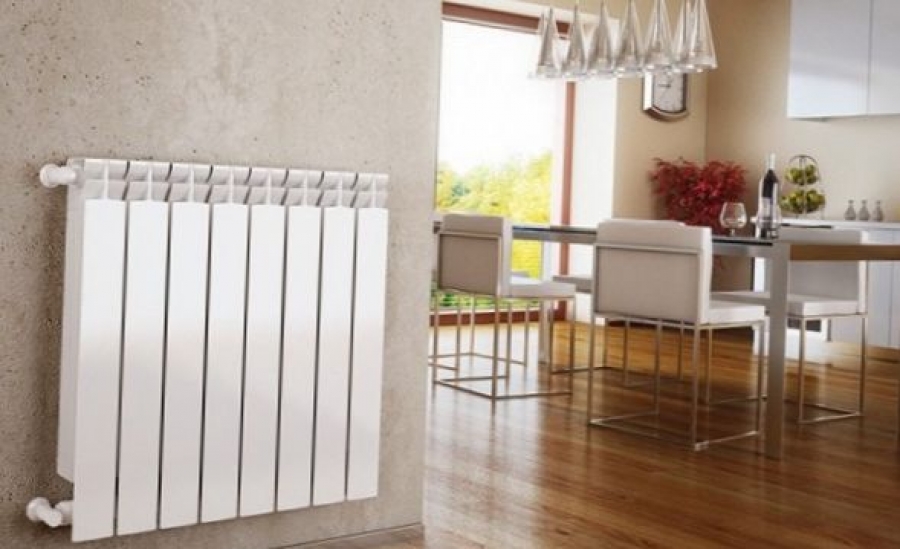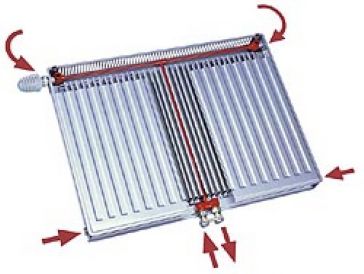I'm in the process of making basic choices, including HVAC, for a new home I'm having built. I've had hot water heat with cast iron baseboard my entire life - growing up and now in my current home (35+ years, 1950's tract house). When I finished my basement 30 years ago, I installed the same cast iron baseboard that was in the house on the main floor (Weil-McLain Snug Baseboard).
So now comes the new home. Is cast iron baseboard installed anymore in a new home? Would I be insane to request it? I like it so much in my current home, I'd hate to lose it when I move. I see that Weil-McLain still makes cast iron baseboard as do some other brands based on google searches. It sort of gets me that cookie cutter tract homes from 60 years ago had it standard while newer, very expensive homes have aluminum fin baseboard if they even have hot water heat to begin with.
What I don't like about aluminum fin baseboard (based on experience/claims of friends and family):
1. Noisy (popping and creaking when heating up and cooling down)
2. Easier to damage when bumped by furniture.
3. Pain to clean the fins.
4. Dries out the air more than cast iron baseboard (??)
5. Larger temp swings compared to cast iron baseboard (??)
Is hot water heat coupled with cast iron baseboard really better (or is it just my imagination)? Would I be better off going for in floor radiant heat? I'd appreciate any opinions, suggestions & guidance.
So now comes the new home. Is cast iron baseboard installed anymore in a new home? Would I be insane to request it? I like it so much in my current home, I'd hate to lose it when I move. I see that Weil-McLain still makes cast iron baseboard as do some other brands based on google searches. It sort of gets me that cookie cutter tract homes from 60 years ago had it standard while newer, very expensive homes have aluminum fin baseboard if they even have hot water heat to begin with.
What I don't like about aluminum fin baseboard (based on experience/claims of friends and family):
1. Noisy (popping and creaking when heating up and cooling down)
2. Easier to damage when bumped by furniture.
3. Pain to clean the fins.
4. Dries out the air more than cast iron baseboard (??)
5. Larger temp swings compared to cast iron baseboard (??)
Is hot water heat coupled with cast iron baseboard really better (or is it just my imagination)? Would I be better off going for in floor radiant heat? I'd appreciate any opinions, suggestions & guidance.

